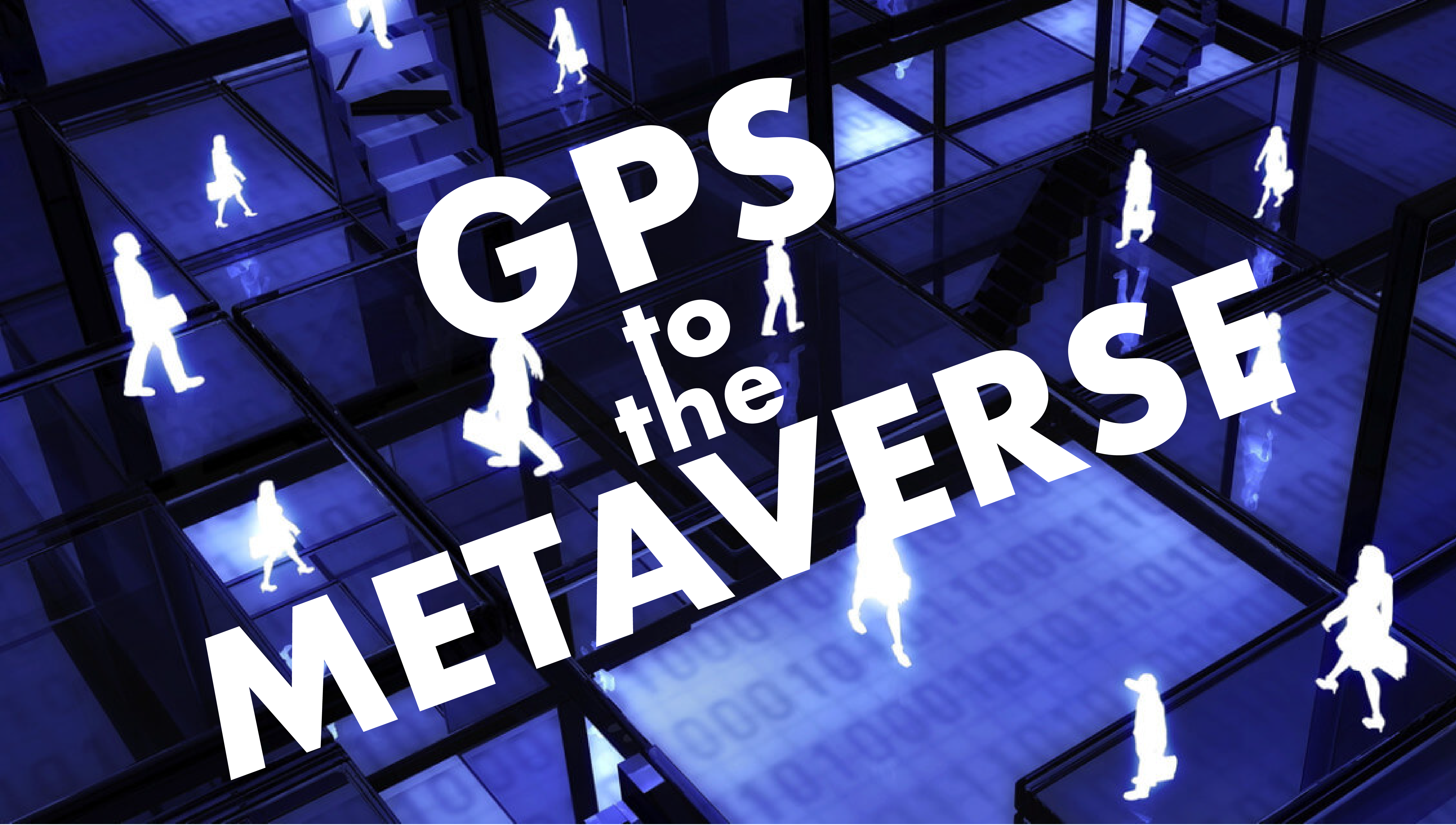It is often said that the best place to begin any story is at the beginning. In the case of virtual and augmented reality, Chapter One just reached its conclusion. Pioneers and early adopters have occupied the space for a decade or more, but only in the past several months have headsets with transformative potential dropped to price points (Oculus Quest 2: $299) that will allow for mass adoption. Only now can the less visionary among us be handed a vision of what is to come. Instead of going back to the beginning, asking how we arrived where we are today, an important question in its own right, it may be more interesting to ask how long and far we’ll have to push in order to find the absolute limits of these technologies, whether the fundamental strings attaching us to a singular sense of shared reality will be forever altered and what possibilities hide beyond these doors.
During a recent podcast episode, “Voices of VR” publisher Kent Bye compared the unknown futures of virtual and augmented reality to the birth of the printing press. There was a time, albeit short-lived, that some believed the Gutenberg Bible and other religious texts would be all the public wanted or deserved. We now know that wasn’t true and that’s not what happened. Take a more recent example: the World Wide Web. Among the many predictions of where it would take us, no one to my knowledge predicted that it would facilitate us paying small fees to stay in one another’s homes (Airbnb); that a single store would offer nearly any conceivable product for next-day delivery (Amazon); that we would each feed one company so much personal information in exchange for convenient answers that it became better than us at predicting our own behavior (Google); or that we would have on our persons at all times miniature computers, thousands of times more powerful than the computers that first put men on the moon, used to conduct all of our communications and manage our lifestyles (Apple, Samsung, et al.).
Gaming. That’s still what most people think of when they think of virtual reality. “I played that one game with the lightsaber.” Gaming is the spearhead. Games are the Trojan Horses of adoption. A Microsoft intern created Solitaire as part of Windows 3.0 back in 1990, more than 30 years ago, so that anyone who played it would learn to use a new technology: the mouse. In virtual reality, gaming plays an even more important role. The Unreal Engine, built by Epic Games, and Unity, an engine offered by Unity Technologies, are currently responsible for powering 60% of virtual and augmented reality experiences, providing the landscapes and rules on which many applications, including games, are built. They are the base layers for digital 3D worlds. Gaming will provide a framework on which to build and aid in adoption, but gaming hardly scratches the surface of where these technologies will take us – or, rather, where we will take them. This is the very beginning. Gutenberg was just exiled from Germany to France. We can still hear the crying of dial-up modems. We’re playing Snake on RAZRs. Myspace Tom is in everyone’s top eight.
Prior to Covid-19, which certainly expedited our jump into VR/AR, the consultancy PwC predicted that virtual and augmented reality technologies would add $1.5 trillion to the world economy by 2030. Goldman Sachs predicts that the markets for VR/AR will be worth $95 billion by 2025. No longer confined to the size of physical screens, no longer confined to spatial constraints of any kind, our imaginations will be our only limitations.
So, where are we headed? Your guess may be as good as mine. I’ve been fully immersed in virtual reality for several hours a day over the past month, and I’m only now beginning to truly comprehend that this technology will restructure the world as we know it. I don’t know all the ways in which that will occur yet, but I believe that a decade or two from now, our work, social lives and creative pursuits will be markedly different than they are today, as a result of virtual and augmented reality. They are different now than they were two and three decades ago. Twelve years ago, Chris Dixon, now a partner at the venture capital firm Andreessen Horowitz, said that “the next big thing will start out looking like a toy.” Twelve years later, what today looks like a toy is the next big thing. Manufacturing, retail, security, warfare, entertainment and perhaps most important of all, education, will all soon be flipped on their respective heads. Some of the changes will be positive. Others will set us back. The waters will be tough to navigate.
I was too young to get involved at the time of the last seismic technological shift. I wonder all the time what I would’ve done had I been there in the early days of the internet. Maybe this wave will be as consequential. And we’re all here for it this time.
